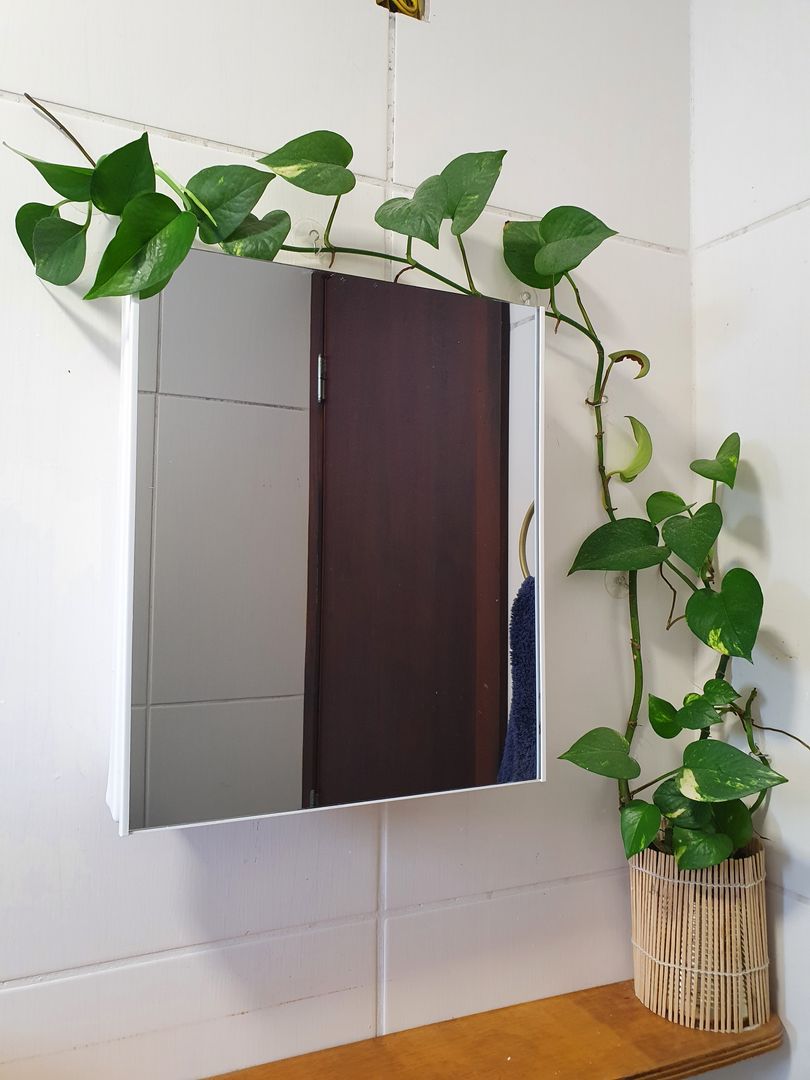
Alright, fellow green thumbs, let's talk trellises! You know those beautiful, vertical structures that give your climbing plants something to cling to and create a stunning, lush backdrop in your garden? Yeah, those!
Building your own trellis is way more rewarding than buying one, trust me. It's a DIY project that doesn't require any fancy skills, just a little patience and maybe a glass of iced tea on hand.
So, grab your tools, put on your favorite gardening playlist, and let's get this trellis built!
The Plan: Designing Your Trellis
First things first, we need a plan. What kind of trellis are we dreaming of? Do we want a simple, straight-up design, or something more elaborate with curves and angles? Think about the space you have and what kind of plants you'll be growing.
For instance, a narrow trellis might be perfect for a small space, while a large, arching trellis would make a dramatic statement near a patio or gate.
Once you've got your vision, it's time to think about the size. Measure the area where you want to place your trellis and sketch out a basic plan on paper. This will help you visualize the final result and calculate how much wood you'll need.
Materials: The Essential Ingredients
Now, let's gather the ingredients for our trellis masterpiece!
Wood: This is the backbone of our project. Choose a sturdy wood that can withstand the elements. Cedar, redwood, or treated lumber are great options. You can go for something with a natural finish or paint it a color that complements your garden.
Screws or nails: We'll use these to assemble the framework. Make sure they're long enough to securely fasten the wood pieces together.
Measuring tape and pencil: These are essential for accurate measurements and marking.
Saw: This will be your trusty tool for cutting the wood to the right length.
Drill: This will make your life easier when you need to pre-drill holes for screws.
Safety gear: Don't forget your safety glasses and gloves!
Construction Time: Building the Framework
Okay, now we're getting down to business!
1. Cut the pieces: Using your saw, carefully cut the wood pieces according to your plan. It's a good idea to double-check your measurements before making any cuts.
2. Assemble the base: For a straight trellis, you'll likely need two vertical supports and some horizontal crosspieces. Attach the crosspieces to the supports using screws or nails, creating a strong frame.
3. Build the lattice: For a classic trellis look, you'll want to add a lattice pattern to your frame. Cut your lattice pieces (thin strips of wood) to your desired length and then attach them to the frame, leaving a small space between each strip.
4. Add extra details: Want to make your trellis extra special? You can get creative with decorative elements like scrolls, curves, or even a built-in birdhouse.
Finishing Touches: Making it Shine
Alright, our trellis is almost ready to show off its beauty!
1. Sanding: Smooth out any rough edges and imperfections with sandpaper. This will give your trellis a nice, clean finish.
2. Paint or stain: If you want to protect your wood and add some color, apply a paint or stain of your choice.
3. Placement: Find the perfect spot for your trellis, ensuring it has good drainage and is in a location that gets plenty of sunshine.
4. Planting time!: Once your trellis is secured, plant your climbing beauties around its base and let them grow!
Tips and Tricks for a Successful Trellis
Pre-drill holes: This will prevent the wood from splitting when you drive in screws.
Use a level: Make sure your trellis is plumb and level before you attach it to your garden.
Add support: For larger trellises, you might want to add additional support posts to keep it stable.
Go vertical: Use your trellis to create a vertical garden, saving space and maximizing your planting area.
Trellis Inspiration: Ideas for Your Garden Oasis
Climbing roses: A classic pairing for a trellis, climbing roses create a beautiful, fragrant display.
Clematis: These vibrant, flowering vines add a touch of color and whimsy to any garden.
Vines: Try growing fragrant honeysuckle, lush wisteria, or even a rambling blackberry vine on your trellis.
Beans: Climbing beans like pole beans are an attractive and productive addition to any garden.
Gourds: These whimsical vines can add unique shapes and textures to your trellis.
Remember, there are endless possibilities when it comes to trellises. So get creative and have fun building something beautiful and functional for your garden!